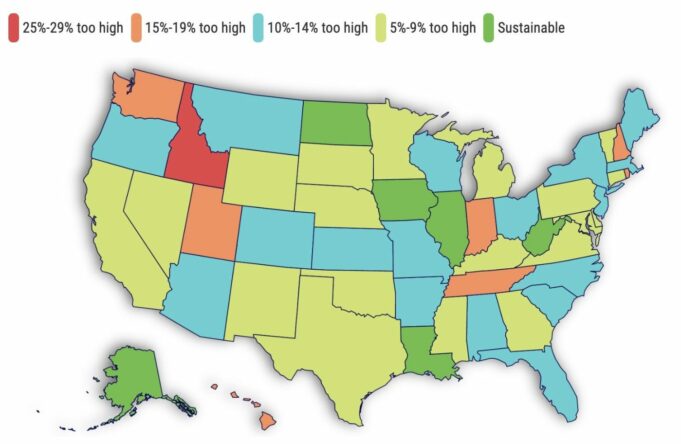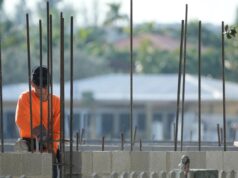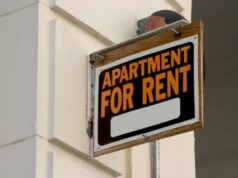Written By Jonathan Lansner – “Bubble Watch ” digs into trends that may indicate economic and/or housing market troubles ahead.
Buzz: California home prices may be too rich for their underlying economics, but the risks look digestible compared with other parts of the nation.
Source: Wall Street credit watcher Fitch Ratings uses third-quarter real estate and economic data to generate a quarterly assessment of home-price risk.
The Trend California home prices soared 21% in the year ending in September 2021, leaving home values 5% to 9% too high, Fitch math says. (That size gain, on the California Association of Realtors’ median-priced single-family house, would mean a jump from $674,000 to $809,000 in that 12 month period.)
Overvaluation means historically low mortgage rates and buyers rushing to larger living spaces have pushed prices slightly above what the Fitch formula sees as supportable in terms of demand, jobs and pay. That risk assessment declined from California’s 10% to 14% overvaluation in the previous quarter, but it’s up from a “sustainable” level — between 4% too high and 4% too low — in the third quarters of 2020 and 2019.
Note that California is not the only state where risks are up in the pandemic era. Only six states were rated “sustainable” in 2021’s summer quarter vs. 34 a year earlier and 43 — plus one “undervalued” — in 2019’s third quarter. U.S. prices were up 19.7% in the year ended in September and seen as overvalued by 10.6%.
The last time risk levels were this elevated was in the late 2000s as the housing bubble was bursting. The Dissection Idaho was graded as the nation’s riskiest housing market on Fitch’s summer scorecard, rated 25%-29% overvalued after a nation-leading 36% price gain in 12 months.
At the other end of the risk spectrum were “sustainable” states: West Virginia (prices up 15% in a year), Illinois (13%), Alaska (13%), Iowa (13%), Louisiana (11%) and North Dakota (11%), Joining California in the 5%-9% overvalued category were Nevada (prices up 24% in a year), Vermont (23%), Georgia (20%), South Dakota (20%), Texas (19%), Connecticut (18%), Oklahoma (17%), Michigan (17%), Kentucky (16%), Nebraska (16%), New Mexico (16%), Virginia (15%), Delaware (15%), Wyoming (15%), Pennsylvania (15%), Minnesota (14%), Mississippi (14%) and Maryland (12%). In the 10%-14% overvalued slice were Arizona (up 28% in a year), Montana (26%), Florida (25%), Maine (24%), North Carolina (22%), Colorado (21%), Oregon (20%), South Carolina (18%), Alabama (18%), Massachusetts (17%), Arkansas (17%), New Jersey (17%), New York (16%), Missouri (16%), Wisconsin (16%), Ohio (15%), Kansas (15%) and District of Columbia (8%). And 15%-19% overvalued were Utah (up 30% in a year), Tennessee (22%), New Hampshire (21%), Washington (21%), Rhode Island (21%), Hawaii (19%) and Indiana (17%).
How bubbly? On a scale of zero bubbles (no bubble here) to five bubbles (five-alarm warning) … THREE BUBBLES! To Fitch’s eyes, a cooling in appreciation is in order. U.S. prices could grow 5%-7% this year vs. 2021’s 16.5% surge.
How high mortgage rates will go is “the primary risk factor to watch in the housing market. Housing affordability will worsen due to high home prices and increasing mortgage rates. If income and employment levels cannot keep pace, demand would be expected to dampen,” the report said.
The OC Register | Jonathan Lansner is the business columnist for the Southern California News Group. He can be reached at jlansner@scng.com











